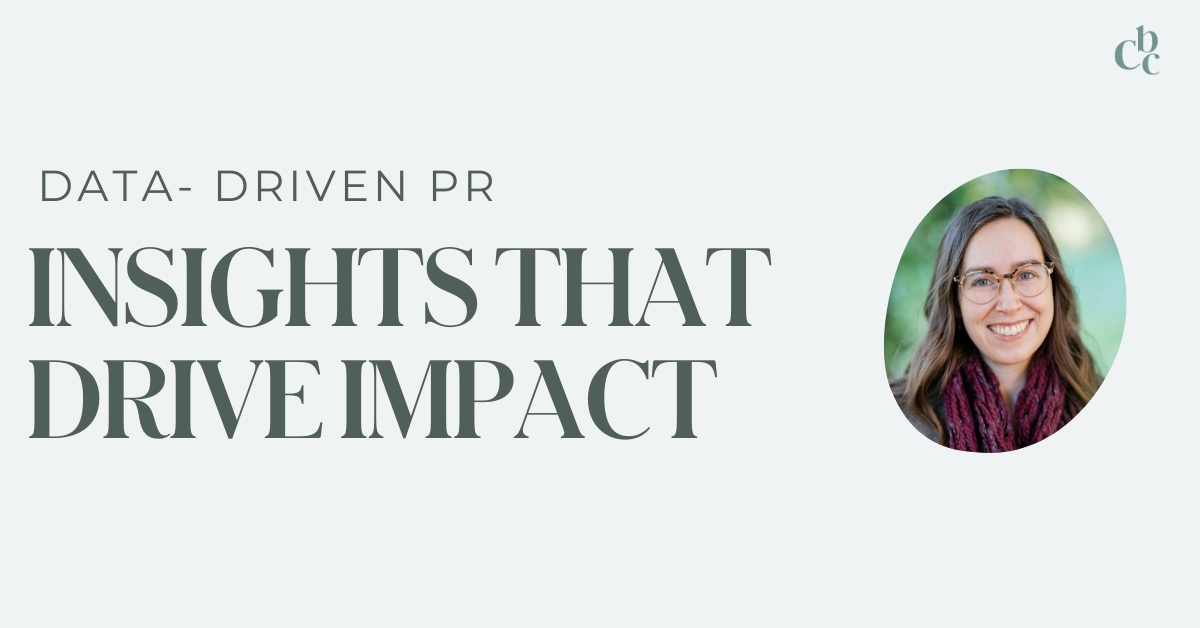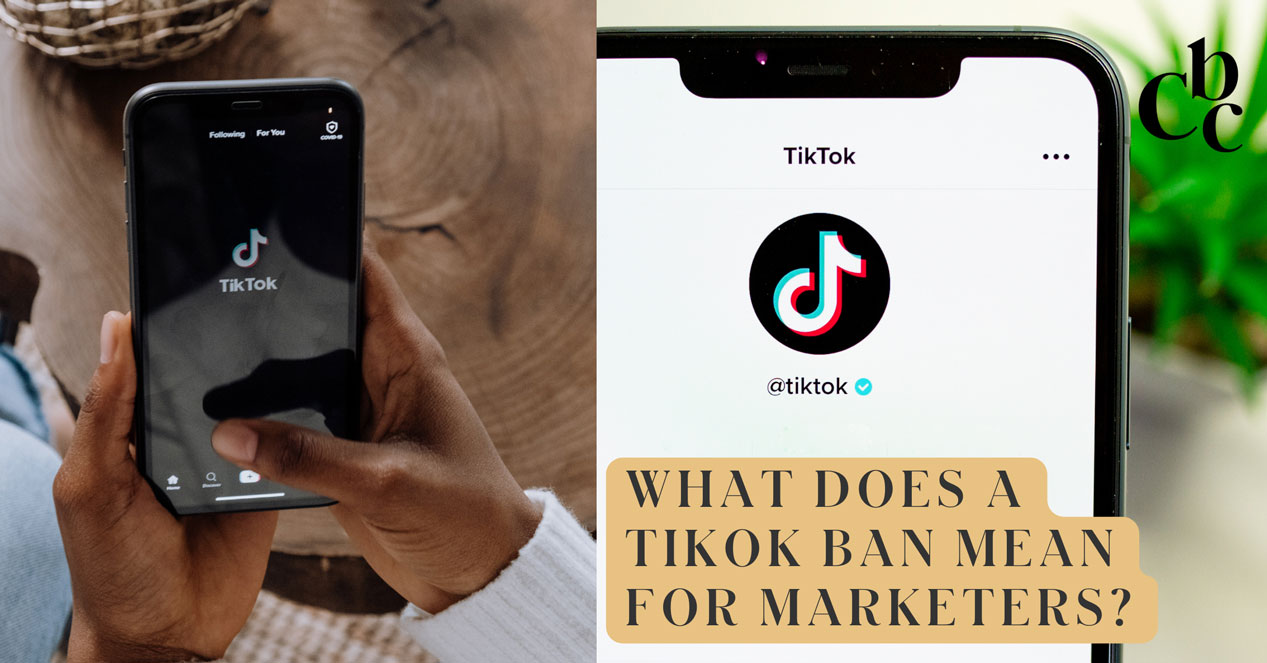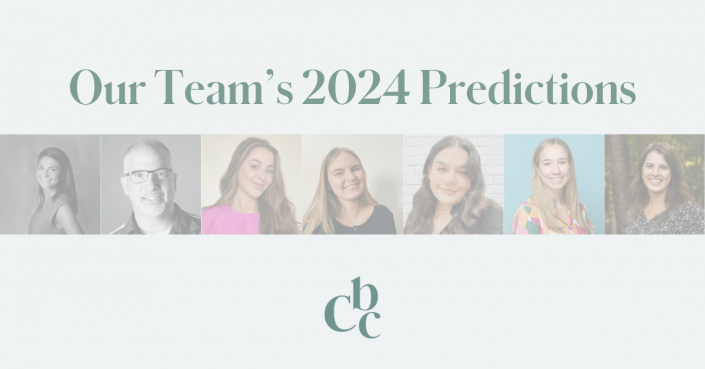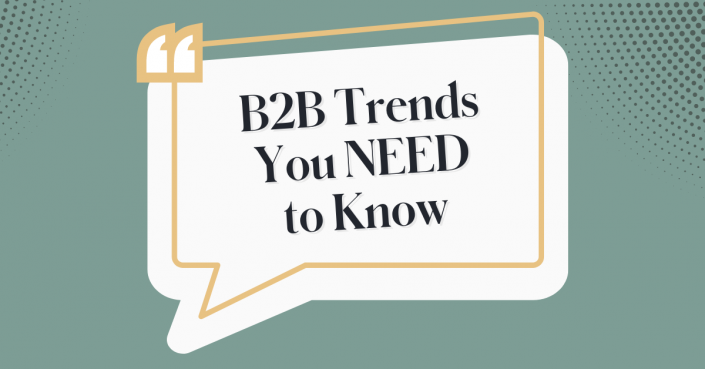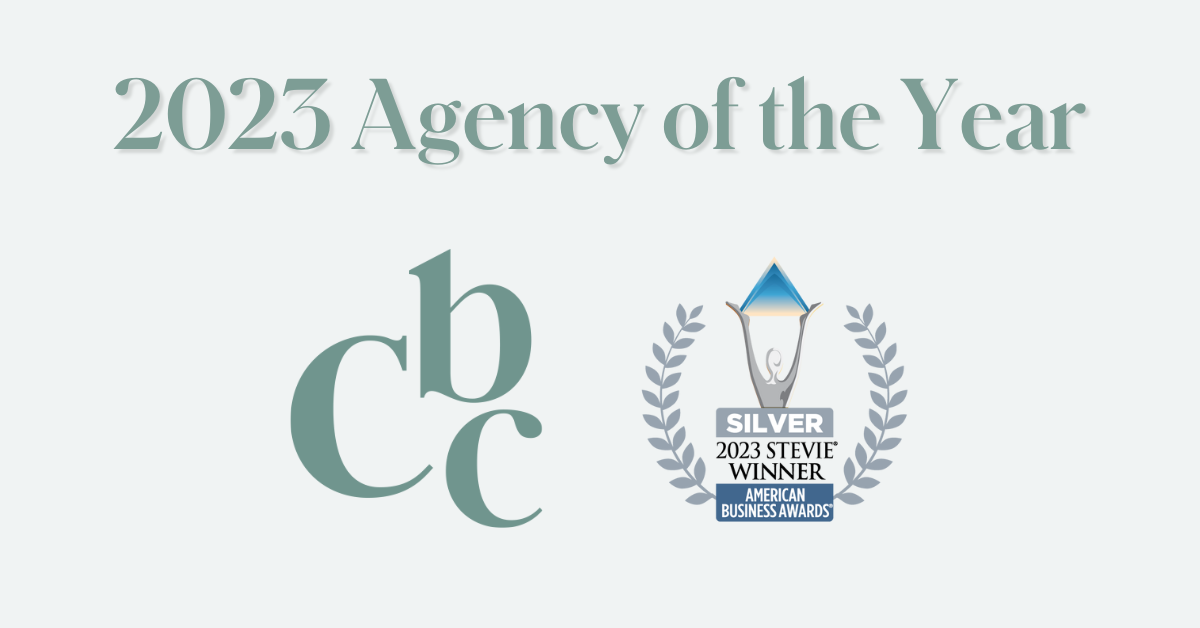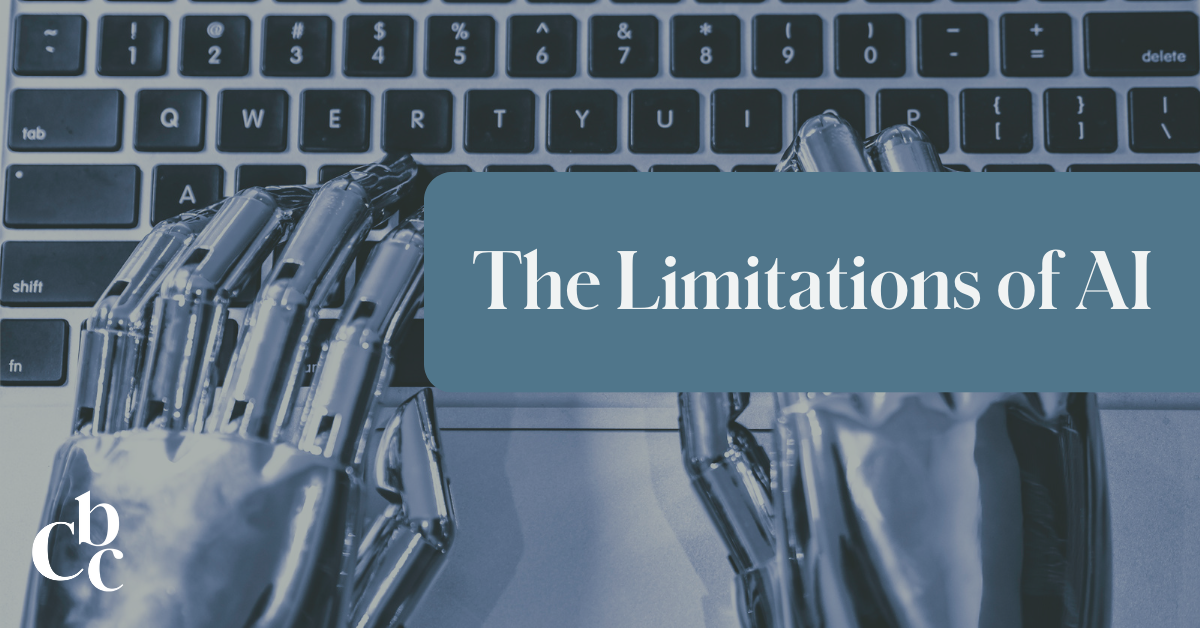If you weren’t on a serendipitous sailing adventure or living under a rock, you might have noticed that Facebook and its entire suite of apps were down for more than 14 hours on October 4th. The global outage is a major reminder to brands that you don’t own your data, followers, or content on social media.
With millions of companies relying on social media to fuel their marketing funnel, this may scare many marketers. And it should. Even without an outage, there’s little protection of your assets and following if your account were to be deleted, banned, or hacked. That’s why at CBC, we’re big proponents of going all-in on email marketing and first-party data collection. With third-party cookies going away, it’s more important than ever for brands to collect their own data from customers who willingly opt in to sharing it.
Whether you’re a B2B or B2C brand, you’d benefit from doubling down on your email marketing strategy. But sending one-off emails or promotional offers alone isn’t enough; here’s three tactics to follow to convert your “likes” to email subscribers:
1. Offer Exclusive Content
We hear from brands often that they don’t devote many resources to email because users don’t open them. Which brings us to ask: what are you offering in your emails? Is it something you personally would click on?
Consumers are protective of their inboxes. For decades, brands have misused this communication channel to spam subscribers with incessant marketing, touting the same messages and content over and over. The simple fix? Provide content they can’t find anywhere else.
Entice users to subscribe by offering something of value – exclusive discounts, products, or early access to new launches. Alternatively, provide rich, useful information in your emails that you don’t share on social media. Offer a deeper dive into topics your audience cares about, exclusive tips, and the like to signal to users that your emails are more than just marketing – it’s a community.
For example, Verb Energy retains a strong subscriber base by always offering their list a first look at new flavors, exclusive discounts, and even offers subscribers an opportunity to share what they want to see next.
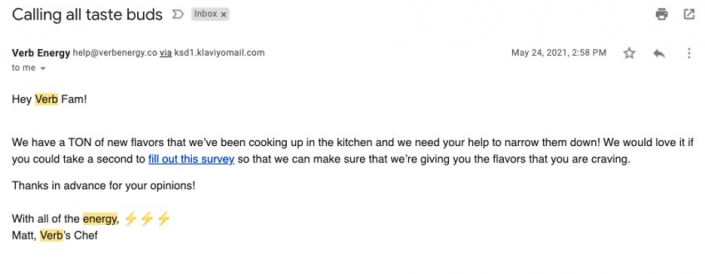
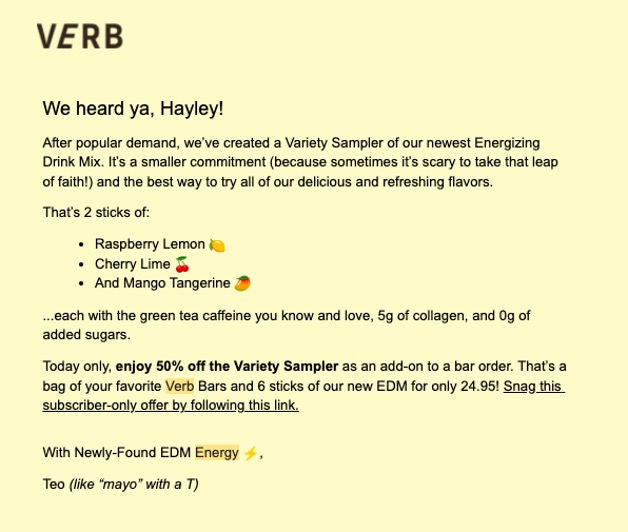
2. Make It Personal
One of the features of Facebook and Instagram that makes it so successful is that it is highly curated. Users elect to follow brands and engage with posts that speak to their interests. If your audience is diverse and you don’t acknowledge those differences in demographics, behavior, and interests, you’ll fail to increase your email open rate and retain subscribers. Your email marketing messages need to be tailored to unique audiences.
You can start by using a merge tag to include their name in your emails, but that’s just the tip of the iceberg. To really offer a personalized experience, make sure you’re segmenting your list. How you segment your subscribers will largely depend on your business, but consider the following criteria to split your list:
- Past purchases
- Amount spent
- Age, gender, location
- Email engagement (did they click to read your blog in your last email? That could indicate interest in a certain topic.)
- Website behavior
- Quiz results
- Position in sales funnel (new subscriber or long-time customer?)
- Personal interests (add some boxes to your sign-up form to allow users to indicate what content they’re interested in receiving.)
From there, build out email sequences that speak directly to these unique audiences.
For example, if you find that there was a large group of users who clicked to read a whitepaper on your website, you could assume that this group was interested in more in-depth and scholarly content. Now that you know who these users are and what they prefer, you can send them similar content they’re likely to engage with and/or frame your messaging to speak to them more personally.
3. Convert Followers to Subscribers with a Content Upgrade
You’ve promoted your email list and have provided truly valuable and exclusive content that’s personalized to their unique persona – but your followers aren’t biting. What’s next? Give them more value. One of the best ways to do this is through a content upgrade, sometimes also called a lead magnet.
Content upgrades or lead magnets are typically a piece of content that can only be accessed once they’ve signed up for your email subscription. They can come in many forms, from e-books and PDFs to quizzes, videos and webinars, but the most important aspect is that it’s content your audience really wants.
For example, at CBC, one of our core offerings is our experiential House programs. To entice users to subscribe to our email list, we’ve offered a PDF checklist for successful experiential marketing campaigns on our website. Once users complete the form and sign up, we email them the checklist. It’s likely many users wouldn’t be willing to provide their personal or company information without this offer, making it an effective tactic for growing your subscriber base.
Just as you would personalize your email list, you should personalize your content upgrades too. This will allow you to capture a wider array of users by tailoring your offers to what piques their interest. To illustrate this point, visit HubSpot’s blog. You’ll see that in almost every blog post, they have a content upgrade tailored specifically to the blog in question – making the offer relevant and valuable to the website visitor.
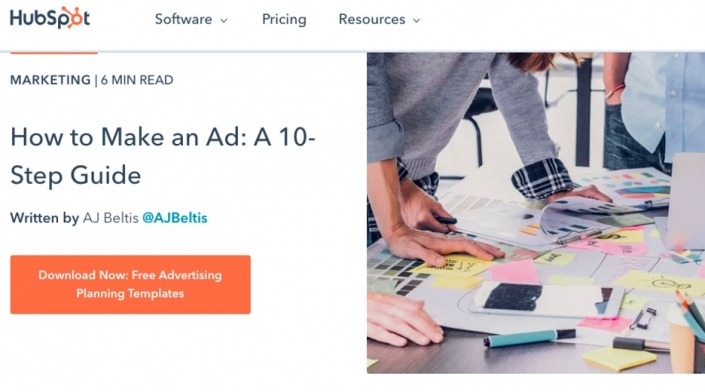
It’s worth repeating, you do not own your social media followers. If social media were to dissolve overnight, you’d lose arguably some of your most loyal customers and prospects. Converting your social media followers to email subscribers is critical in protecting your brand’s most valuable assets and setting your company up for longevity in the digital space.
Need help building effective email marketing campaigns? Let us do the heavy lifting – contact us.


